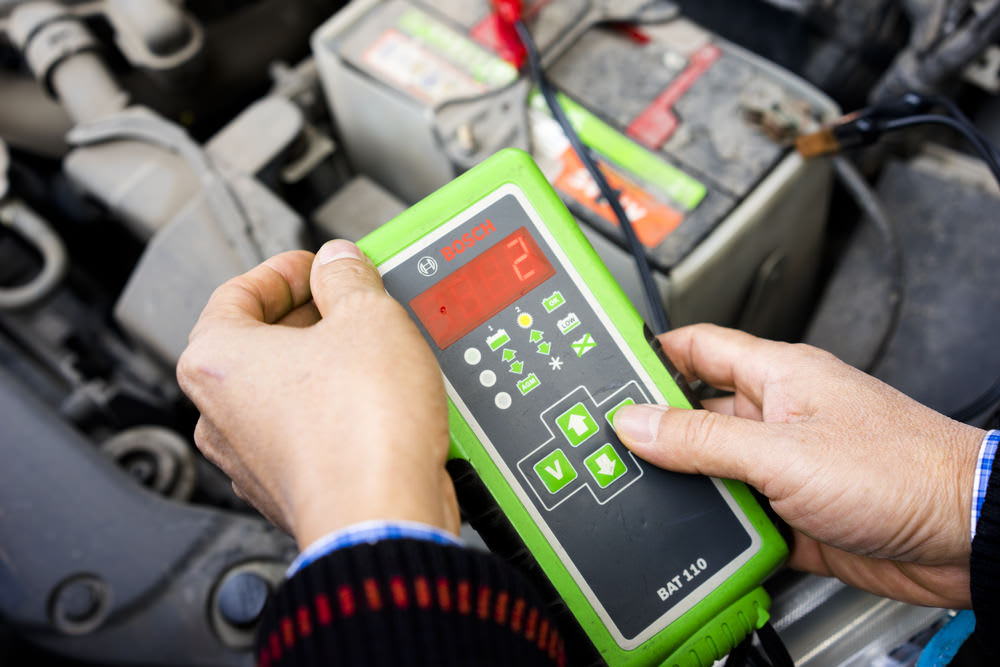

Have you ever wondered how a mechanic checks your alternator? It’s not something that has to be done all that often, because usually alternators are maintenance-free, and they can last for up to 12 years without needing repairs. When they fail, though, they have to be fixed or replaced, because your car can’t run on battery power alone – once the charge is gone, your car stops running.
It’s a good idea to have a mechanic test the alternator from time to time, especially if you’re seeing your “charge” icon come on and stay on when you start your car. This doesn’t necessarily mean you have a bad alternator, although it’s definitely an indication that something is wrong, so have a mechanic test your alternator.
How mechanics test the alternator
Mechanics uses a computerized charging system tester to check your alternator. This is called an AVR test, and it can show if there’s a weakness in the charging system, or if you’ll need to repair or replace your alternator. It can also identify problems like blown fuses, faulty wiring, a defective ignition switch, a loose drive belt, or other issues.
A mechanic could also perform a voltage test, which is designed to measure voltage in your battery with the engine running, and with it off. Voltage should increase when the engine is started, since the alternator delivers additional power. If it doesn’t increase, then there’s a charging system problem.
A bad alternator is usually due to one or more common problems. Sometimes, the contact rings or the carbon brushes become worn. Bearings can go bad (this could be the case if you’re hearing a whining noise from your alternator), or the voltage regulator could be damaged. Sometimes, it’s possible to repair your alternator. Other times, replacement is the only sensible solution. YourMechanic can help you identify alternator problems before they become severe.



